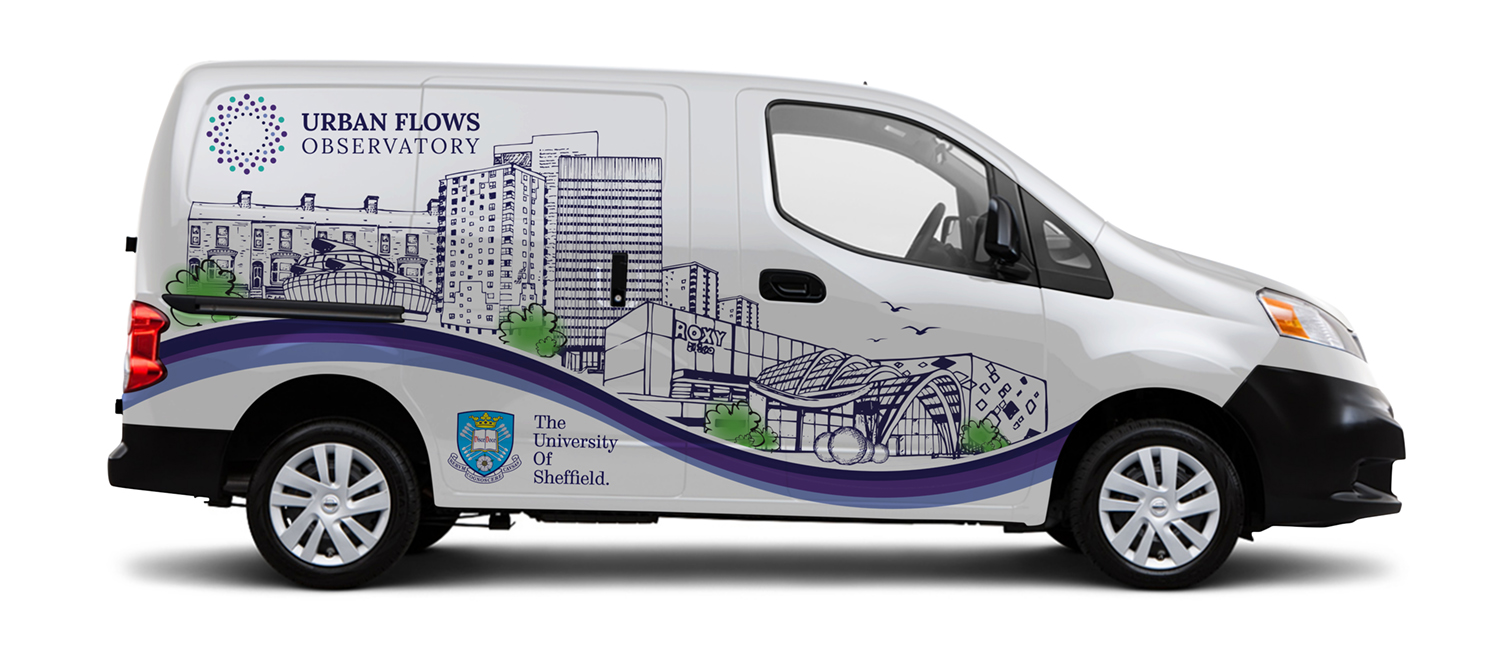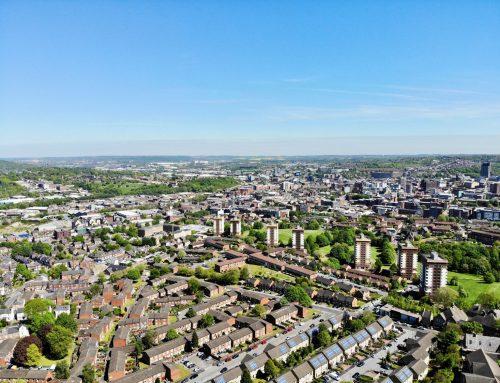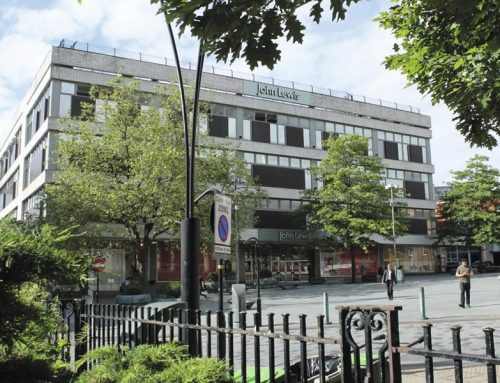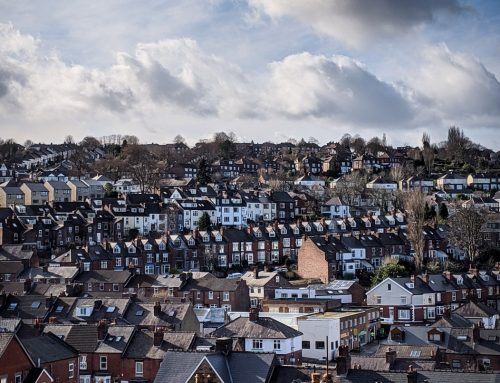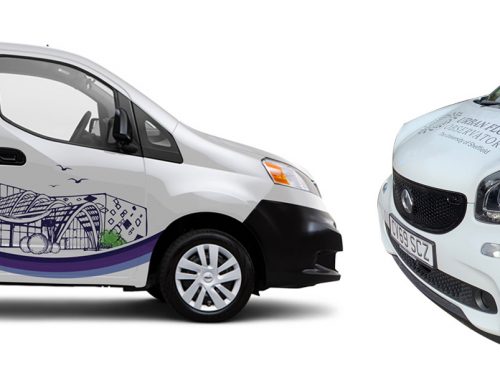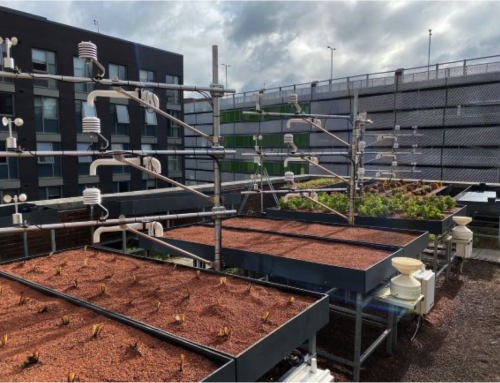The Urban Flows Observatory has developed a unique vehicle-based platform for measuring the multiple factors affecting and influencing the quality of the environment Sheffield inhabitants experience. The MOBIle Urban Sensing vehicle, ‘MOBIUS’, will be making its first appearance on the city’s streets this summer.
Based on a Nissan eNV200 van, MOBIUS is fully electric and uses additional on-board battery systems to power the installed equipment. This means no fossil fuels are used as it moves around the city collecting data. In addition to measuring the environment, we’ll also be gaining insight into the infrastructure currently available within Sheffield to support electric vehicles (EVs), and the potential challenges faced by EV owners.
What are MOBIUS’ capabilities?
Our mobile sensing vehicle features air quality analysers, a weather station and antenna air monitors. This enables it to:
- Collect accurate measurement of air quality, including NOx, Particulates and Ozone
- Collect information on influencing factors such as temperature, humidity, wind speed and wind direction
- Provide air quality metrics at a height of up to nine metres via a telescopic mast
- Gather information about the materials used for structures, their thermal efficiency and the effect on energy consumption
- Map the use of radio technology supporting mobile phones, Wi-Fi and new Internet of Things (IoT) devices
Why are we collecting this data from our mobile sensing vehicle?
The Urban Flows Observatory includes a network of fixed location, distributed air quality sensors, but the accuracy of these must be checked to ensure the ‘picture’ of the area affected by pollutants is representative and not misleading.
MOBIUS enables us to take additional measurements at the same locations to calibrate the data generated by the fixed sensors.
Structural material and energy observations will help us to understand the extent to which the city uses energy and recommend ways that could improve usage efficiency and hence positively impact air quality and reduce fuel poverty.
Additionally, wireless networks are almost everywhere in one form or another, but all use the same basic technology in the form of radio. Many also occupy similar parts of the available spectrum. By surveying a wide range of network types, we hope to form a view as to how networks may be installed and operated more effectively, gaining a better understanding of how conflicts and inefficiencies can be avoided.
Information from MOBIUS will be combined with data from our air quality sensors, weather stations and other sources to create a growing and evolving sense of the environment in Sheffield and, we hope, point to ways that it can be improved.
MOBIUS beyond the Observatory
We expect MOBIUS to play a role both locally and nationally in raising awareness of the effects of air quality on health and what we can do to help. We will be visiting schools and science festivals around the country, accompanied by researchers. The first such appearance will be at the Bluedot Festival from 19th-22nd July at Jodrell Bank in Cheshire, in partnership with the Grantham Centre.
Come and see MOBIUS at the festival to find out how tracking flow through our site can help us understand how cities work. Try our Virtual Reality headsets, Thermal Cameras, and LIDAR mapping to develop your own real-time data and analysis of the festival. Also, you can discover how understanding movement is important to developing cities sustainably and building a more sustainable future.
Coming to a road near you
MOBIUS will be hitting a Sheffield City street near you this summer. If you see us around, feel free to come up and ask us what we’re doing – we’ll be very happy to show you what MOBIUS is telling us, live.

